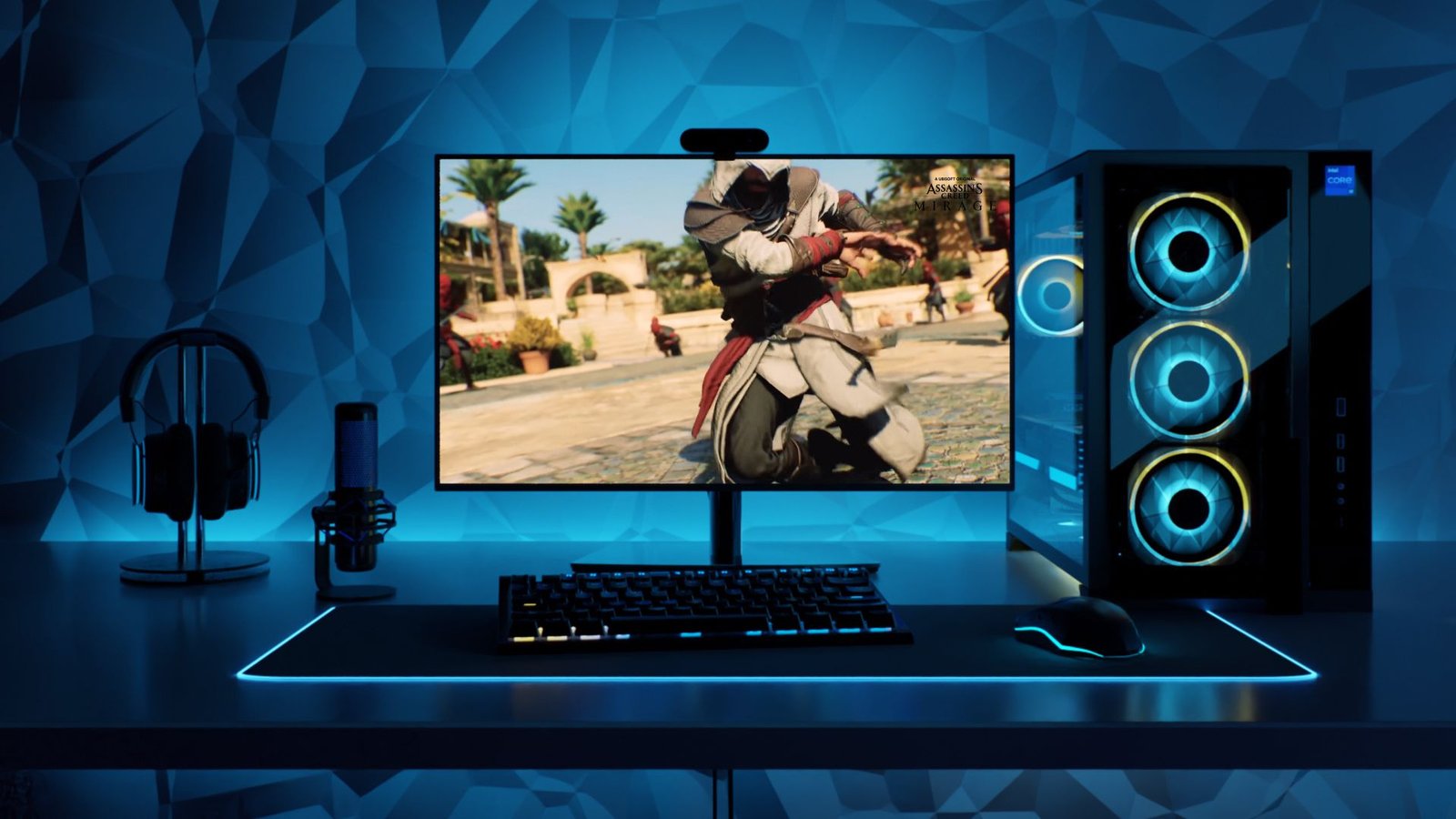Experiencing issues with your computer system can be frustrating. How to troubleshoot computer system problems involves a systematic approach to identify and fix common issues. Here’s a straightforward guide to help you diagnose and resolve problems effectively.

1. Identify the Problem
1.1 Observe Symptoms
- What to Do: Take note of specific issues, such as slow performance, crashing, or hardware malfunctions.
- Why It Helps: Knowing the exact symptoms helps narrow down potential causes and solutions.
1.2 Check for Error Messages
- What to Do: Read any error messages or codes that appear. Write them down for reference.
- Why It Helps: Error messages often provide clues about the nature of the problem, aiding in quicker diagnosis.
2. Basic Troubleshooting Steps
2.1 Restart Your Computer
- What to Do: Reboot your computer to see if the issue resolves itself.
- Why It Helps: Restarting can clear temporary glitches and refresh system resources.
2.2 Check Connections
- What to Do: Ensure all cables, including power, monitor, and peripherals, are securely connected.
- Why It Helps: Loose or disconnected cables can cause hardware to malfunction or not work at all.
2.3 Update Software
- What to Do: Check for and install updates for your operating system, drivers, and software.
- Why It Helps: Updates can fix bugs, improve performance, and ensure compatibility with new hardware.
3. Diagnose Hardware Issues
3.1 Test Peripheral Devices
- What to Do: Disconnect and reconnect peripherals like keyboards, mice, and printers. Test them on another computer if possible.
- Why It Helps: This helps determine if the problem lies with the peripherals or the computer itself.
3.2 Check for Overheating
- What to Do: Ensure your computer’s fans are working and that vents are not blocked. Use monitoring software to check temperature.
- Why It Helps: Overheating can cause performance issues or hardware damage. Proper cooling is essential.
3.3 Inspect Internal Components
- What to Do: Open your computer case (if comfortable) and check that components like RAM, GPU, and hard drives are securely connected.
- Why It Helps: Loose or improperly seated components can cause various issues, from crashes to failure to start.
4. Diagnose Software Issues
4.1 Run a Virus Scan
- What to Do: Use antivirus software to scan for malware or viruses that might be causing problems.
- Why It Helps: Malware can severely affect system performance and stability. Removing it can resolve related issues.
4.2 Check for Software Conflicts
- What to Do: Identify if any recently installed software or updates coincide with the start of the problem.
- Why It Helps: Conflicting software can cause crashes or performance issues. Uninstalling problematic software may resolve the issue.
4.3 Perform a System Restore
- What to Do: Use system restore points to roll back to a previous state when the computer was functioning correctly.
- Why It Helps: System restore can fix issues caused by recent changes or updates without affecting personal files.
5. Advanced Troubleshooting
5.1 Run Diagnostics Tools
- What to Do: Use built-in or third-party diagnostic tools to run hardware tests and system checks.
- Why It Helps: Diagnostic tools can identify hardware failures or system errors that are not immediately apparent.
5.2 Check Event Logs
- What to Do: Review system event logs for errors or warnings related to the problem.
- Why It Helps: Event logs provide detailed information about system events and errors that can help pinpoint the issue.
5.3 Consult Professional Help
- What to Do: If you cannot resolve the issue, seek help from a professional technician or support service.
- Why It Helps: Experts can provide advanced diagnostics and repairs that may be beyond typical user capabilities.
Conclusion
How to troubleshoot computer system problems involves identifying the issue, performing basic and advanced troubleshooting steps, and seeking professional help if necessary. By following these steps, you can effectively diagnose and resolve many common computer problems, ensuring your system runs smoothly and efficiently.











